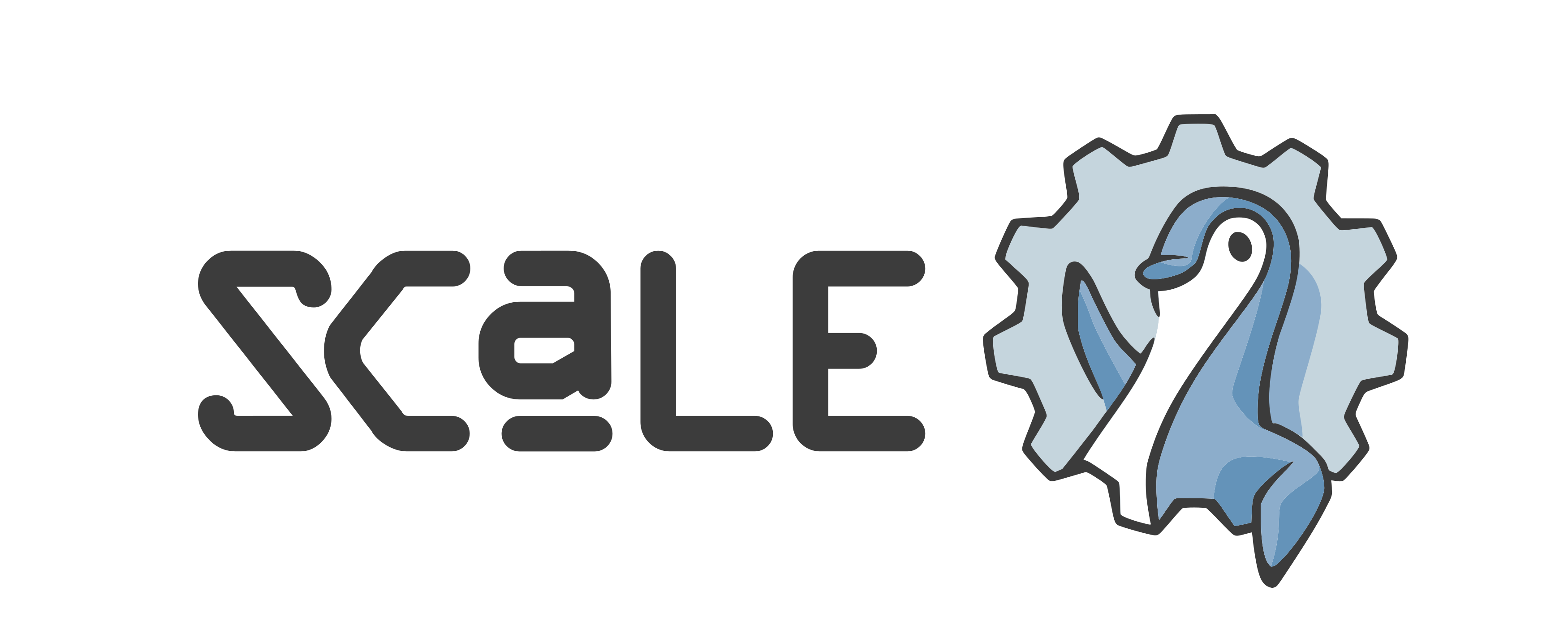Cloud Rationalization - Industry Trends to Hybrid Environments

The last generation of startups were all born and grew up in the Cloud. They’ve build successful businesses on top of Someone Else’s Platform, and have hit a limit to their growth. They’ve watched their costs and risks grow linearly as their customers grow linearly, and are looking for economies of scale to power their next phase. Cost, performance, security, compliance, control and right-sized scope all push to a future of a blended hybrid on-prem and cloud. One where a stable production environment handles a base load, while experiments and short-lived projects can be brought up and down on demand. The expertise to do this has atrophied in Cloud-only shops. Repatriating production loads from cloud back to self-hosted is a lost art for some. But the progress of the past few years has been to formalize Infrastructure As Code, so we now have mature technologies to allow automation of deployment across a wide variety of platforms, with shops able to pick-and-choose their preferred level of specialization. So Cloud-only can become Cloud-some or even Cloud-most, or anywhere inbetween. Everything old is new again, and the old-timers in the audience will recognize another turn of the Performance Wheel, where companies outsource to reduce costs and try to maintain quality, and once business needs shift and outsourcing becomes bloated, then insource to address new needs and lower costs. And repeat. Hybrid solutions never really went away, and are going to come back in earnest over the next year as Cloud-native companies continue to expand and look for economies of scale. This Cloud Repatriation will continue to trend with robust open source alternatives (like OpenStack) leading the way, and a whole ecosystem of vendors to allow customization at all levels of the serving stack.
